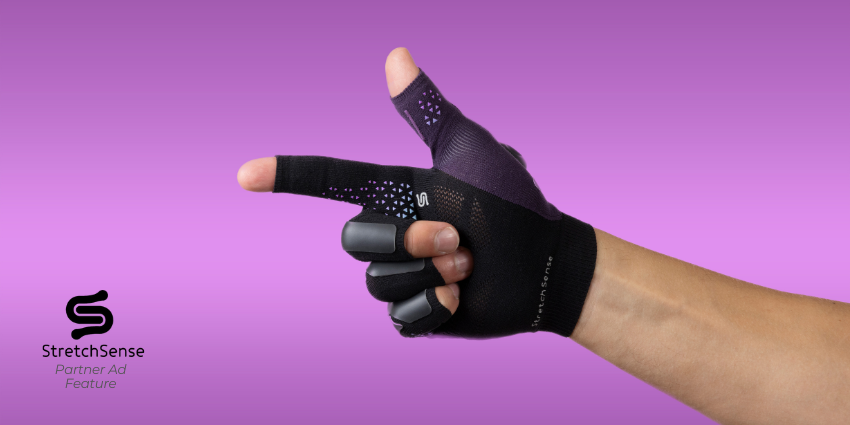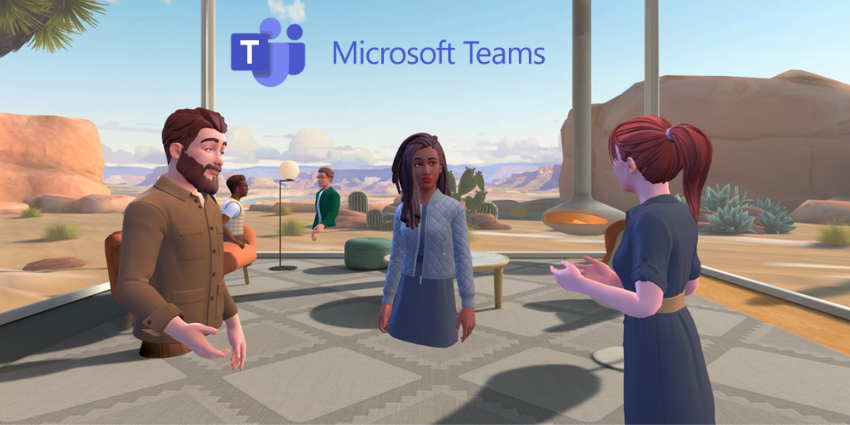When Facebook bought Oculus for USD 2 billion back in 2014, it was clear something big was coming. While the impact of VR has largely revolved around the entertainment and gaming space over the last 6 years, the COVID-19 pandemic and a growing demand for alternative forms of collaboration, training, and communication has rapidly propelled VR into the enterprise space.
Today, more people are using VR headsets for personal and business use than ever before, with PwC recently forecasting the arrival of VR and AR tech in the mass-market has the potential to deliver a $1.5 trillion boost to the global economy by 2030 – but which technologies are driving that growth?
To help answer that questions, XR Today built a list of all the enterprise VR headsets that are leading the marketplace in 2021. Let’s see which ones made the cut below.
Oculus Quest 2

Oculus Quest 2, Facebook’s flagship untethered mobile VR headset, is undoubtedly the most popular device in the VR marketplace today.
Launched in Q4 2020, the Quest 2 transformed the VR landscape forever by offering a high-grade, high-quality headset built onone of the world’s most advanced chips (Snapdragon XR2) at a $299 price point that was significantly lower than any of its nearest competitors.
The result was a powerful yet affordable headset that brought VR to the masses, forcing all other vendors to rethink everything from market strategy and pricing to design and features.
Oculus Rift S

The Oculus Rift S is Facebook’s latest and final edition to its PC tethered headsets that began in 2016 with the original Rift model.
Though Facebook announced its plans to discontinue its Rift line in 2021, the Rift S is still a solid headset that offers some distinct advantages over the Quest 2, especially for gamers and those already invested in PC VR.
Some users claim Rift S is sharper than Quest 2 when used for PC VR, and the hand tracking has a broader range due to additional cameras located on the side of the headset.
Valve Index
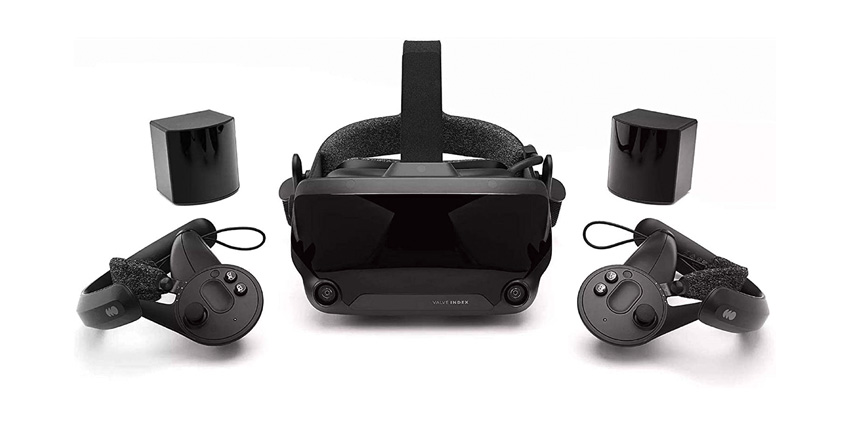
Like the Oculus Rift S, the SteamVR’s Valve Index is a tethered headset that offers many advantages for PC VR users.
Unlike the Rift S, however, the Valve offers 25% higher resolution, much better in-built audio features, a wider field of view, and an improved immersive experience all around for users – though it comes with a significantly higher price tag.
While less popular for enterprise users, the Valve Index is still considered one of the most popular VR headsets in the marketplace and receives praise from both consumer and business users alike.
Varjo VR-3

Varjo’s powerful VR-3 headset, released at the back end of 2020, offers the highest resolution in the industry at this stage, along with the world’s most powerful eye-tracking features.
Though still a tethered device and significantly more expensive than Facebook’s Quest 2, the VR-3 is the tool of choice for developers, industrial designers, and any other enterprise-user whose role demands the highest visual fidelity levels.
HTC Vive Pro
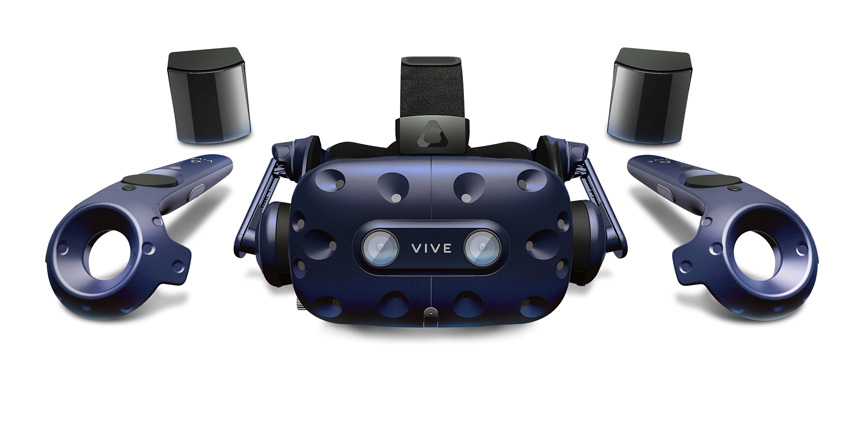
Designed specifically for enterprise VR users, Vive Pro is the company’s flagship business-focused VR headset that delivers room-scale precision tracking, vibrant screen colors, and exceptional sound quality.
While more expensive than the original Vive headset, the upgraded enterprise edition offers a much more satisfying immersive experience to enhance focus, collaboration, and productivity rates in virtual workplace environments.
HTC Vive Focus
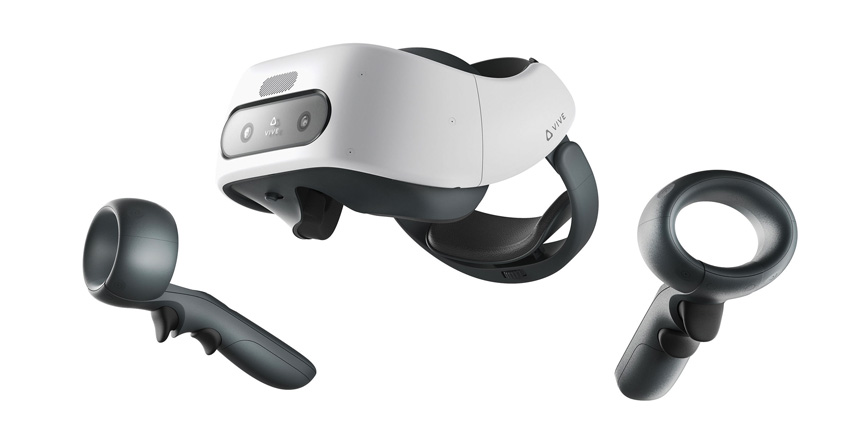
Like the Pro, Vive designed Vive Focus specifically for enterprise users. Unlike the Pro, however, this headset is completely untethered, making it a great VR product for enterprise users on the go.
Although the Focus is a decent headset spec-wise, its biggest downfall was having to compete with the considerably less expensive yet vastly superior mobile VR headset, Oculus Quest 2.
Had the Quest 2 not been so disruptive in both pricing and technological design, we’re confident the Focus would have done much better (better luck next time, VIVE).
HP Reverb G2
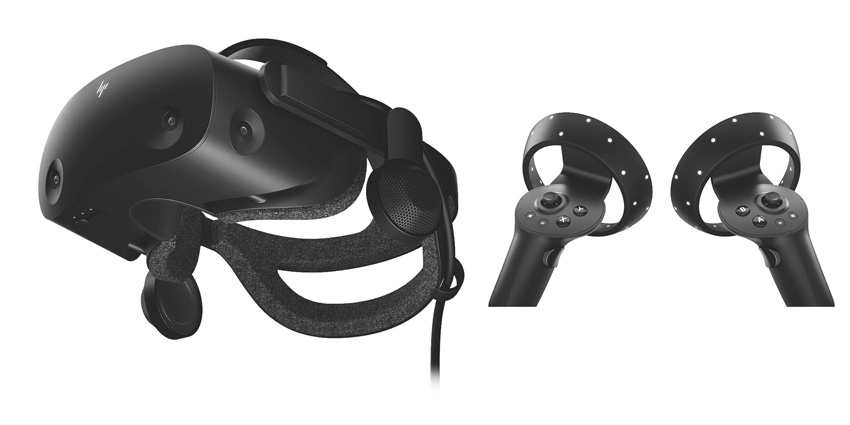
As one of the most highly anticipated VR headsets since the Oculus Quest 2, the HP Reverb G2 turned many heads during its release back in late Q4 2020.
Suffice to say, the stunning 2160 x 2160 per eye resolution, 90 Hz refresh rate, lightweight design, and reasonable price tag did not disappoint – with many claiming this headset is currently the Quest 2’s strongest competitor.
Pico Neo 2
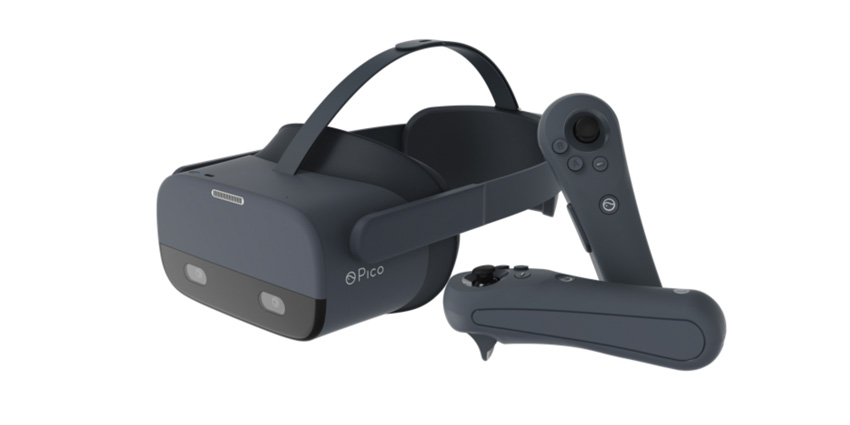
The Pico Neo 2 range of VR headsets deliver exceptional audio quality and excellent eye-tracking functionality for VR enthusiasts and business leaders alike.
Amongst its many accolades, the all-in-one headset was recently included on the TIME list for Best Inventions of 2020 – making this one of the most successful VR headsets in the mid-market last year.
Though the company still has a long way to go before it catches up with Oculus, we feel Pico will continue to succeed if it keeps producing headsets like the Pico Neo 2.
Looking forward to 2021
With the Oculus Quest 2 leading the mass-market by such a considerable distance, it’s hard to imagine this as anything other than a one horse race – but the game is far from over!
Looking forward into 2021 and beyond, we can be sure to see more innovation pouring into the VR headsets space as vendors work around the clock to knock Oculus off the top spot.
Along with promises from HTC Vive of a “new era” of VR headsets in 2021, giants Apple are also expected to enter the VR marketplace at some point over the next 12 months, and XR Today will be there to report as soon as they do.


